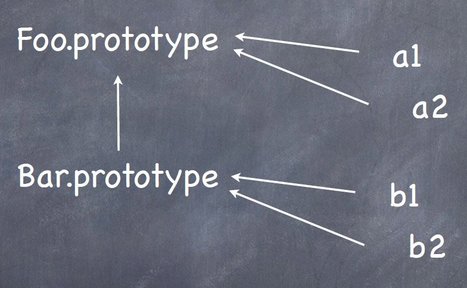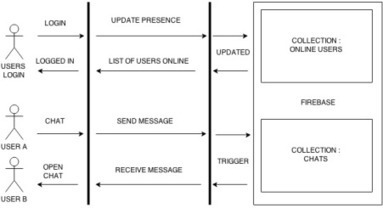We’ll build a quick and easy chat application, and enable users to see who is on the channel, and who is offline. This ensures that no unauthorized users on in the secret chatroom. And we’ll do it all using Ember.js
This tutorial will walk you through implementing user detection and message history functionality, using PubNub Presence and Storage & Playback, all in a realtime chat application built with Ember.js.
This example just scratches the surface of what you can do with the power of the PubNub Data Stream Network.




 Your new post is loading...
Your new post is loading...





















![[How To] Implement Passport.js Authentication with Sails.js | JavaScript for Line of Business Applications | Scoop.it](https://img.scoop.it/yyGOiyQbu3g4msuz8Ohb4Dl72eJkfbmt4t8yenImKBVvK0kTmF0xjctABnaLJIm9)







Follow Ups:
http://www.pubnub.com/blog/customizable-user-presence-data-for-an-ember-js-chat-app/
http://www.pubnub.com/blog/ember-js-encryption-and-three-way-data-binding-for-chat/